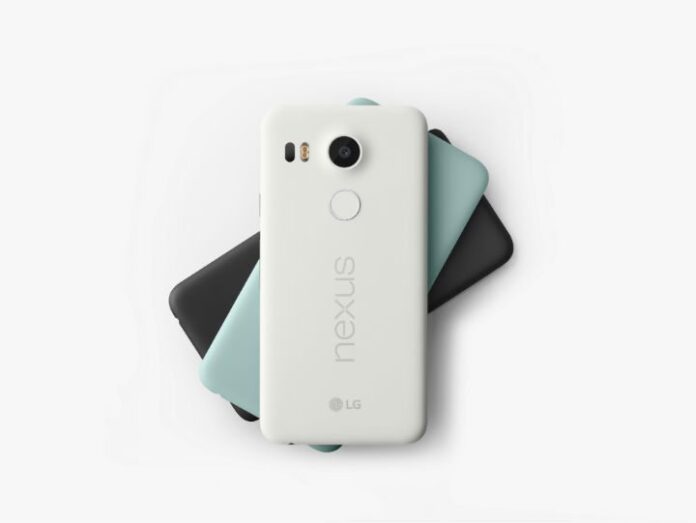New Google devices seen as wins for LG, Huawei
Google’s Project Fi service saw its device selection triple following the launch of a pair of Google branded smartphones that are compatible with the wireless service offering’s unique technical requirements.
The new devices include the LG supplied Nexus 5X and Huawei supplied Nexus 6P. The devices join the Motorola supplied Nexus 6, which was the initial handset compatible with the Project Fi service when it launched in April.
The Nexus 5X slides in as the offerings entry level device with a suggested retail price of $379 for a 16-gigabyte model or $429 for a 32 GB model. The device includes a 5.2-inch screen, runs Google’s latest Android 6.0 Marshmallow operating system, sports a 12.3-megapixel rear and 5-megapixel front camera, is powered by a 1.8 GHz six-core Qualcomm processor and includes 2 GB of RAM.
The Nexus 6P begins at $499 for a 32 GB model, steps up to $549 for a 64 GB model and tops out at $649 for 128 GB of storage. The device includes a 6-inch screen, also runs Android 6.0, more pixels in the cameras, is powered by a 2 GHz eight-core Qualcomm process and includes 3 GB of RAM.
As has become the new model, Google also offers the devices on a 24-month payment plan. Both devices are available beginning Sept. 29 for pre-order, with shipping expected in the next few weeks.
Analysts noted the devices may lack some the “halo” features of other devices, but shows where Google could be headed in terms of its Android OS.
“The number of Nexus phones which are sold is unimportant compared to the clues that they provide to Google’s future direction with Android,” said Ian Fogg, director of mobile analysis at IHS Technology. “Because other smartphone makers take months, sometimes years, to offer the latest version of Android on their smartphones, Nexus phones provide early indicators of the features and experiences which will arrive on the majority of smartphones six to twelve months later.”
Fogg added the device launches were significant wins for both Huawei and LG, with Huawei attempting to get a greater foothold in the U.S. market and LG returning as a device supplier to Google after having lost that position to the previously Google-owned Motorola.
More importantly, both devices are able to support the Project Fi’s unique network characteristics that rely on cellular connectivity from T-Mobile US and Sprint as well as Wi-Fi. That ability is made possible through the devices embedded hardware as well as a Google supplied SIM card that allows the device to select the cellular carrier with the strongest signal. The devices can also transfer users between cellular and Wi-Fi connectivity, though a call in session can only be transferred from Wi-Fi to a cellular connection.
RCR Wireless News’ Wi-Fi Now video show recently delved into the ability of Google’s offering to handoff calls and data sessions between cellular and Wi-Fi connectivity.
The Project Fi service continues to offer a single rate plan that starts at $20 per month, for which users receive unlimited voice calling and text messaging. Customers can then add cellular data access for $10 per gigabyte, which is inline with overage charges from some mobile carriers. Google’s hook is that it will refund customers for unused data, thus a customer that purchases 3 GB of data, but only uses 1.5 GB will receive a $15 credit to their account. Customers that go over their purchased amount of data will receive text warnings, with any overage charged at the same $10 per GB amount.
Bored? Why not follow me on Twitter

